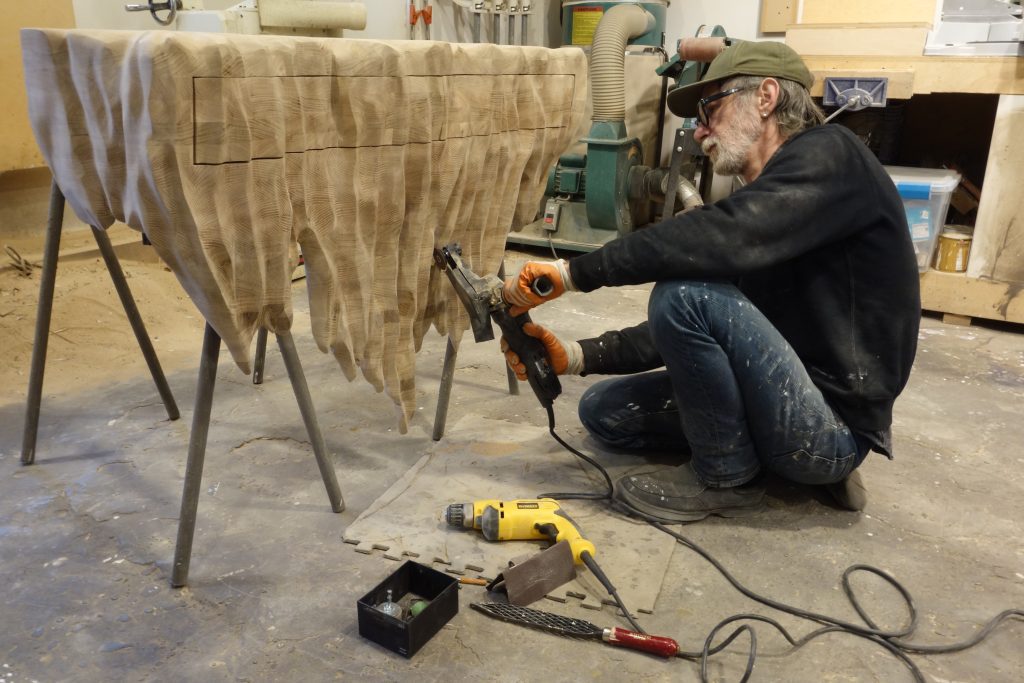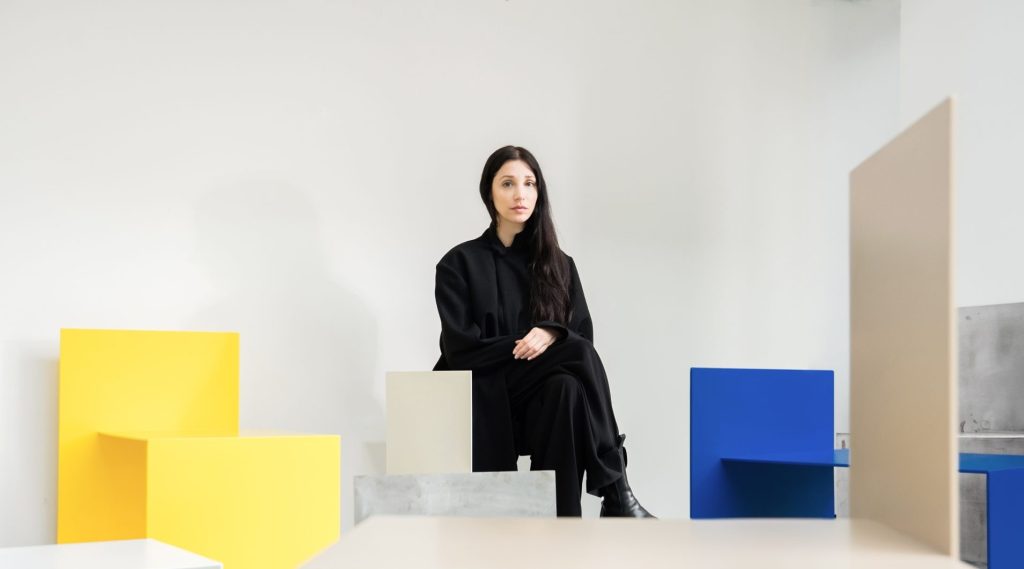
In Flow, Together: The Rhythmic Elegance of Hermhaus’s Domestic Designs
The In Flow, Together collection by Istanbul-based hermhaus embodies a refined yet approachable perspective on how everyday objects can affect our psychological experience within domestic spaces. Founded by Metehan Erdoğdu and Melek Yurdum, hermhaus creates “timeless pieces that hold intrinsic value and character,” with an emphasis on the sensory and emotional connection between people and their environments.
This seven-piece collection – comprising the Blom and Flor poufs, Brio coffee table, Iris mirror, and three cushions (Luma, Flia, Sole) – captures a sense of balance and tranquility. Their approach reveals sophisticated understanding of how objects function within lived experience, moving beyond the industrial design tradition of form-follows-function toward something more human: form-follows-feeling.
Drawing inspiration from the organic rhythms of waves, stones, and flower petals, each piece in the collection translates these natural movements into objects that offer both beauty and utility. As a result, these designs carry a rhythmic quality that resonates within living spaces, enhancing the atmosphere and enriching daily experiences.
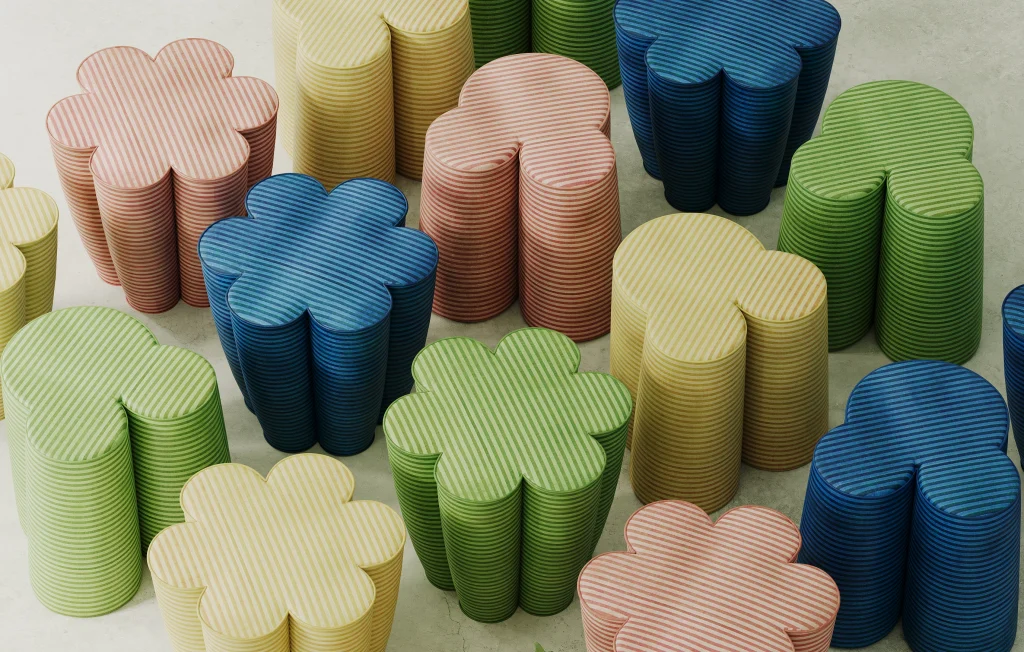

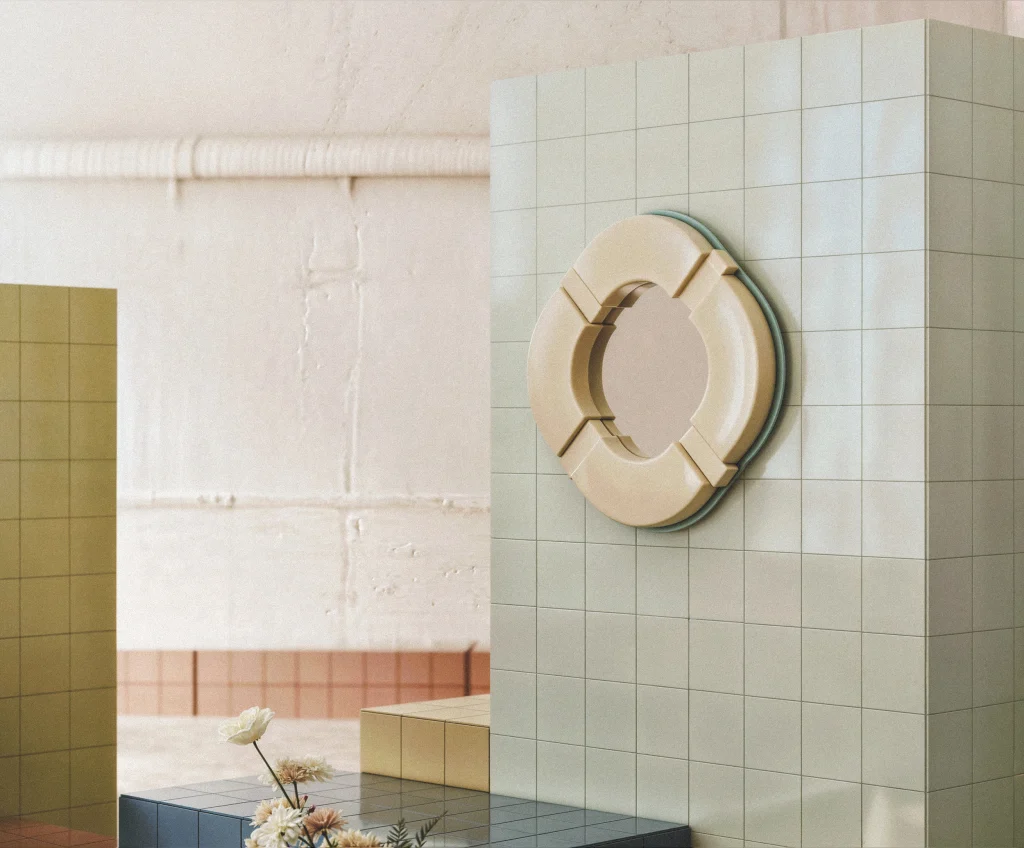

Flor & Blom Pouffes
The Blom and Flor poufs explore how seating can suggest movement while remaining statically functional. Blom, named from Swedish meaning “to bloom,” creates “a subtle sense of movement in the space with its rounded form and full-bodied structure.” Flor extends this botanical concept through its petal-like form that embodies gentle curves and fluid surfaces.
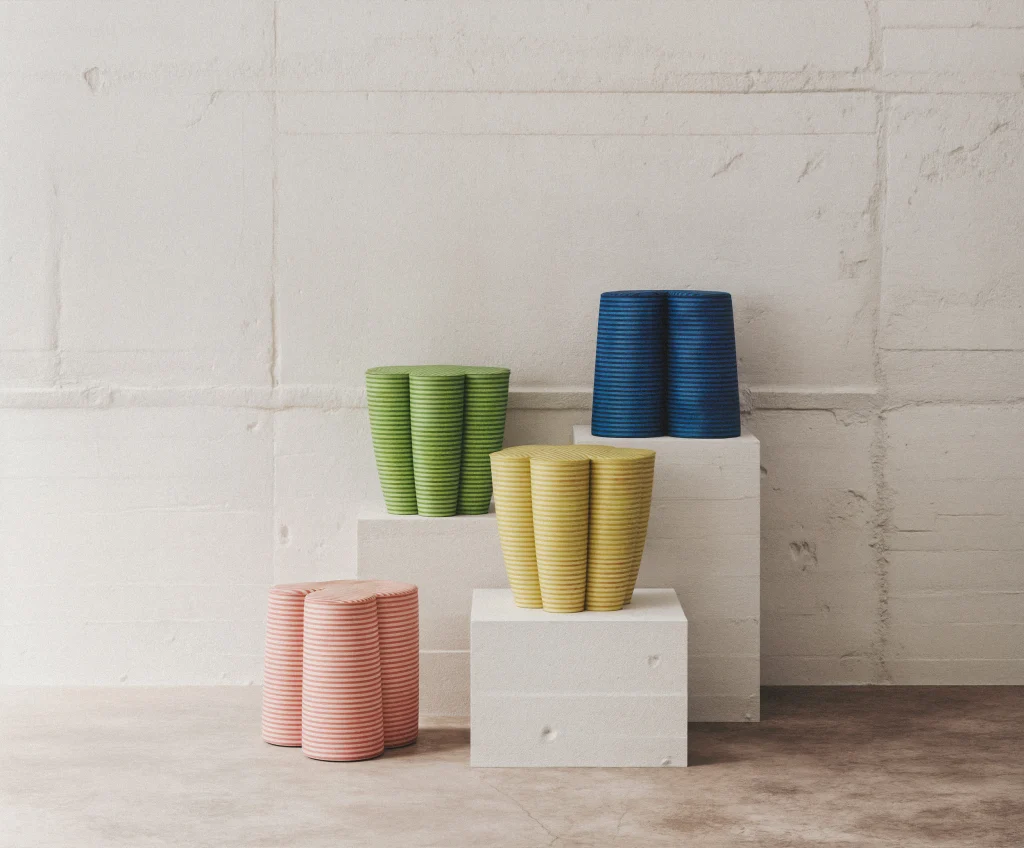

These pieces represent deliberate studies in how static objects can suggest dynamic processes, connecting to broader biophilic design traditions. Built upon robust wooden internal structures and finished with classic, two-tone striped fabrics, both poufs create visual depth that responds to changing light conditions throughout the day. Hermhaus envisions users “developing quiet yet intimate rituals with these pieces,” where the simple act of sitting becomes a moment of physical and psychological care within domestic space.
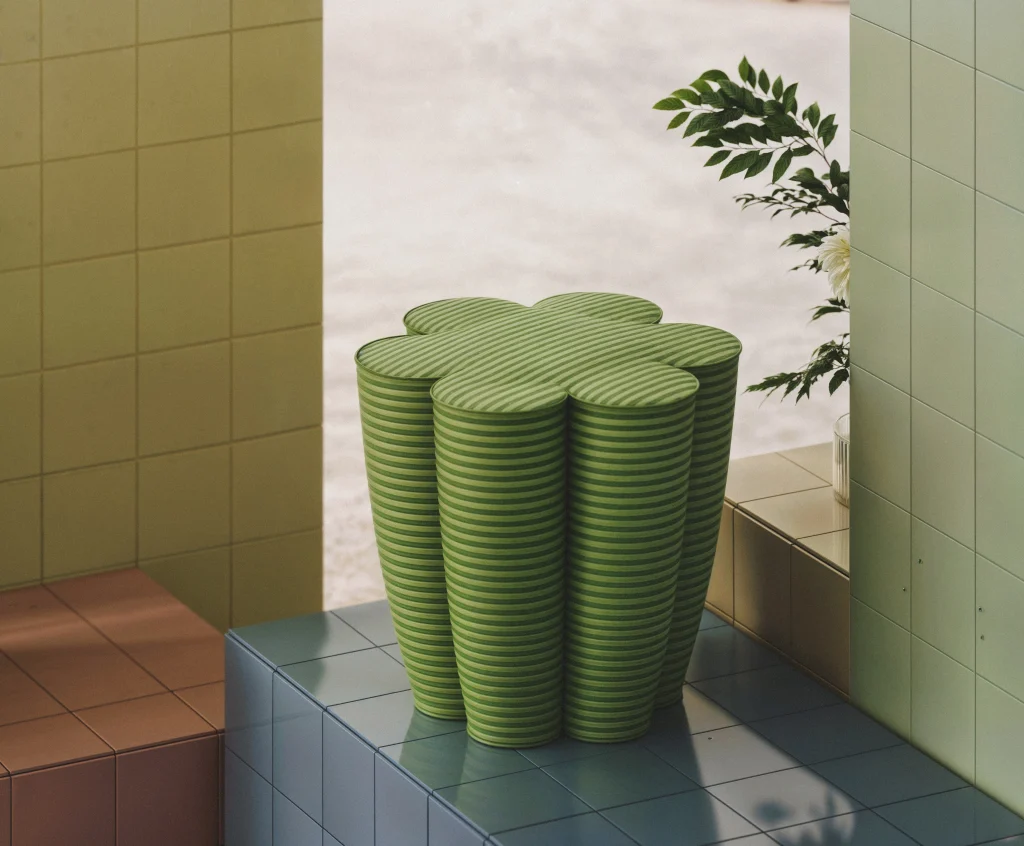

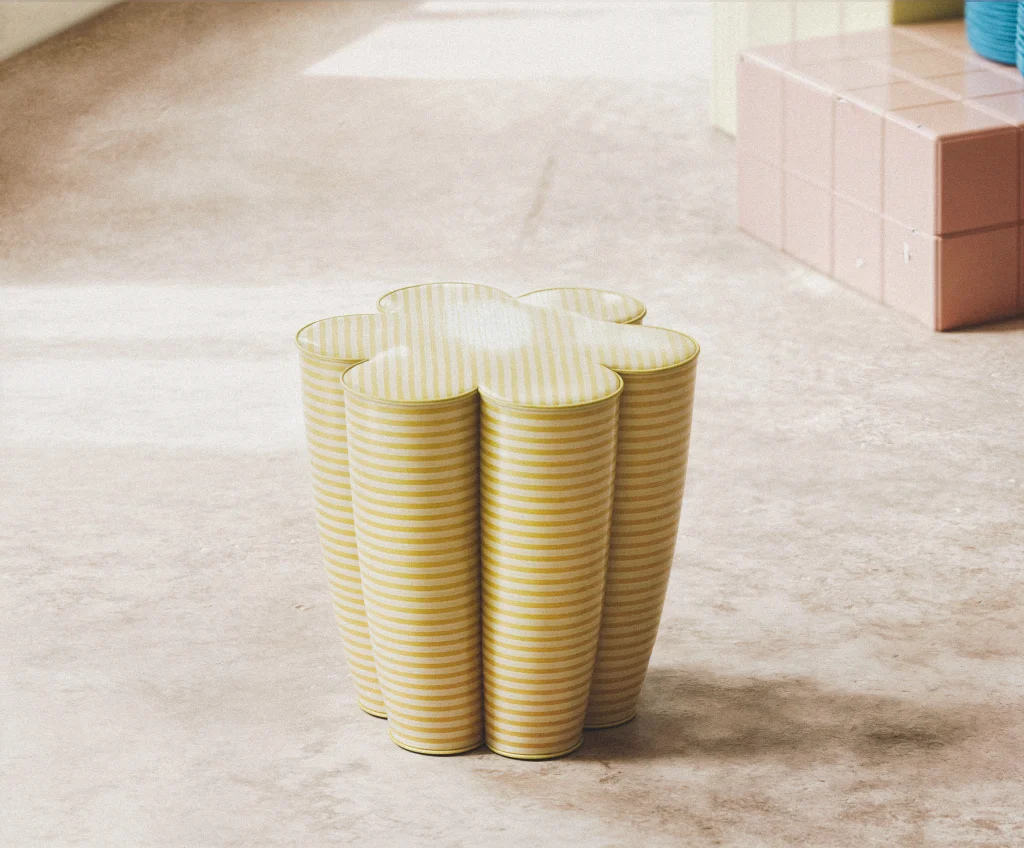

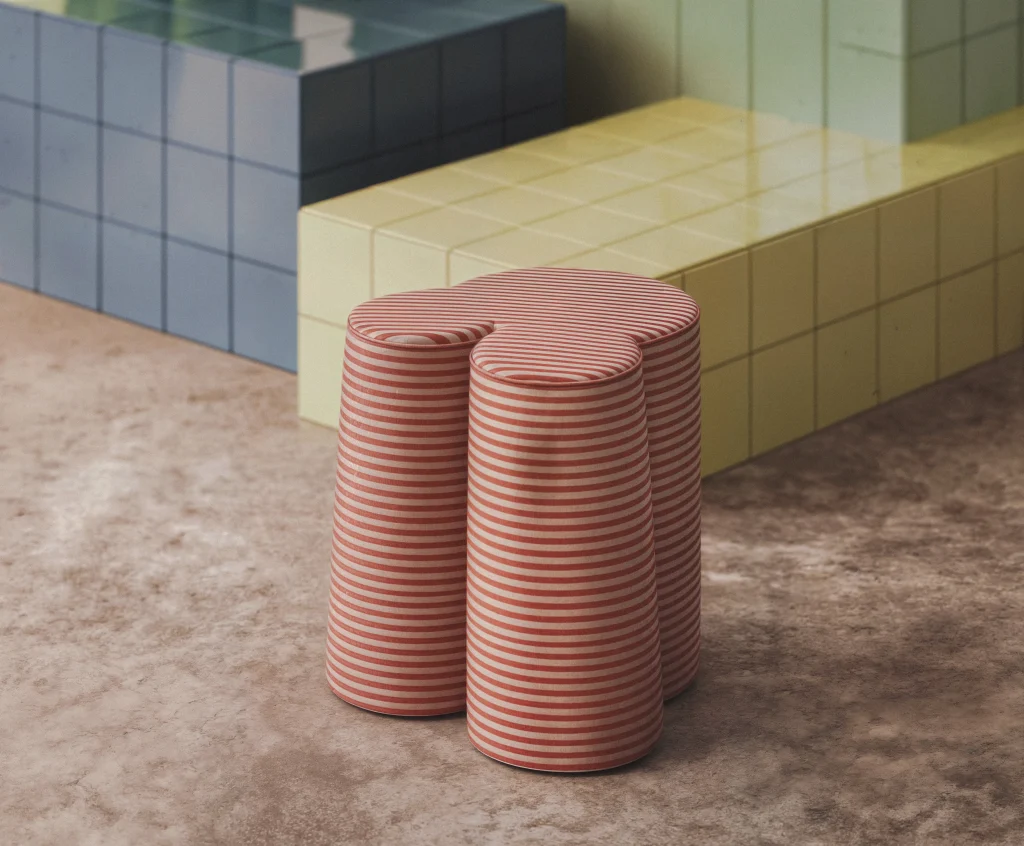

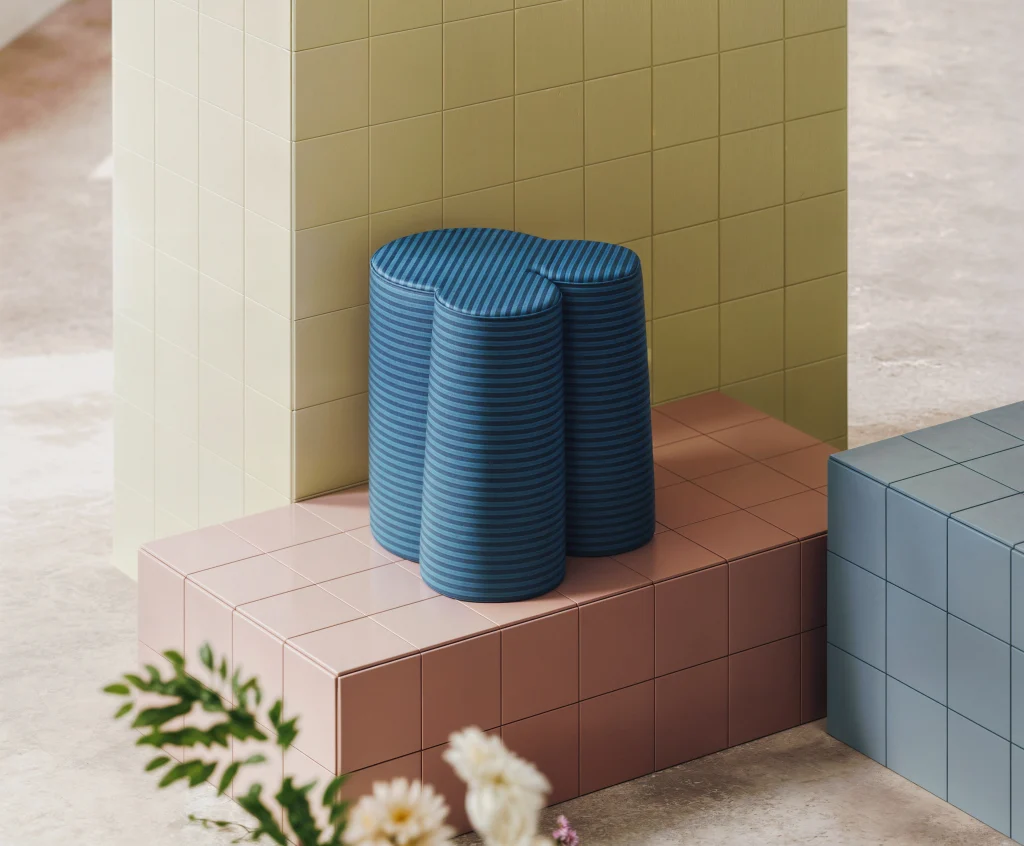

Brio Coffee Table
The Brio coffee table provides geometric counterpoint to the collection’s otherwise organic approach. Its rectangular form maintains a linear minimalism iconic of hermhaus designs, with clean lines that “leave no room for unnecessary details on the surface.” Rather than competing with more natural forms, Brio seeks harmony through restraint.
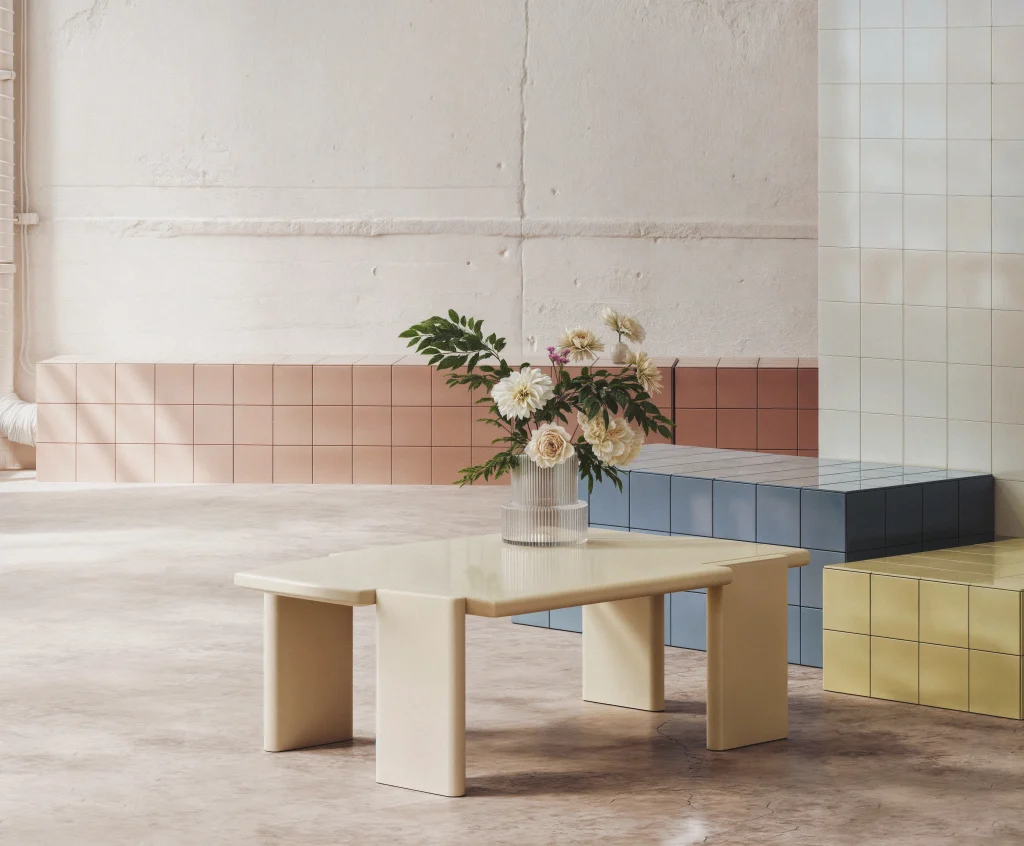

The lacquered MDF surface introduces refined shine while creating transitions as it captures and reflects light. This attention to temporal change once again reveals hermhaus’s understanding of furniture as participants in daily rhythms. The coffee table is a clean stage for the small dramas of domestic life, its reflective quality changing the room’s atmosphere as natural light and movements shift.
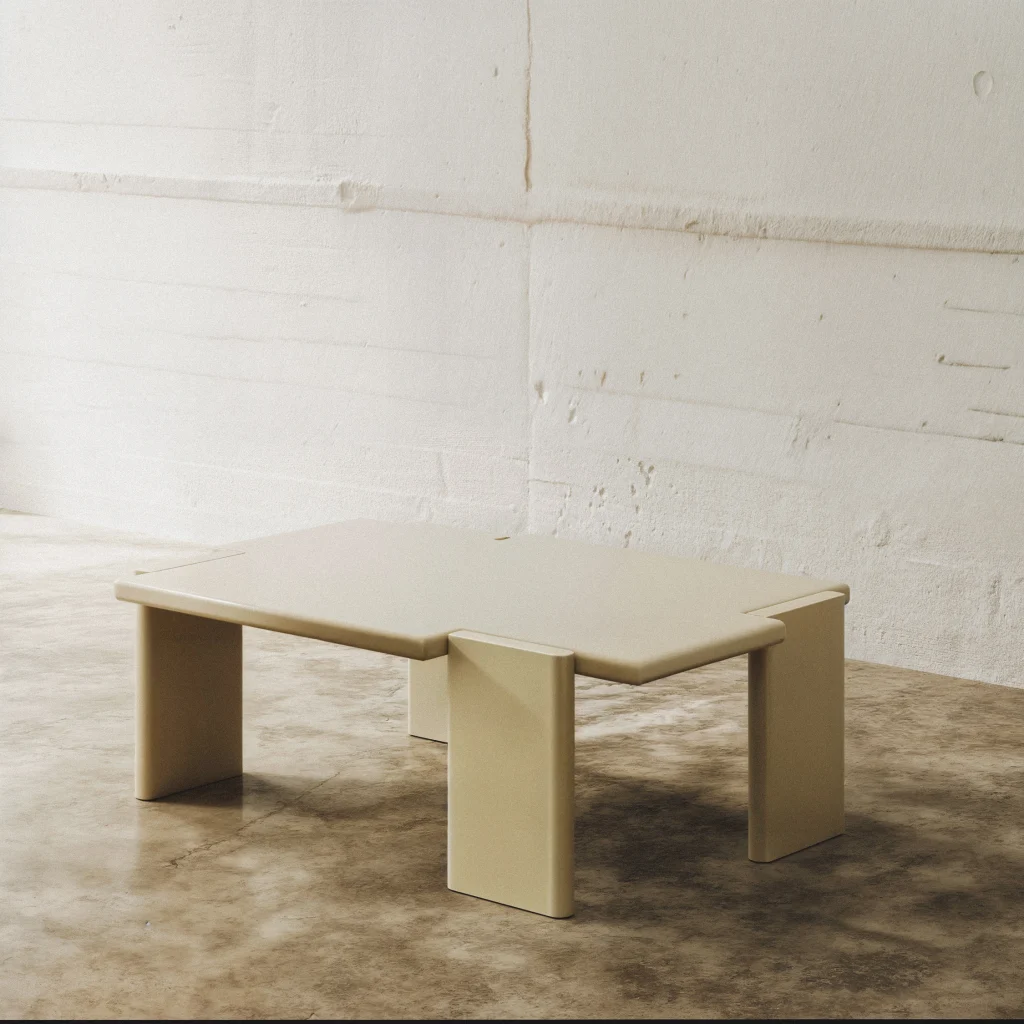

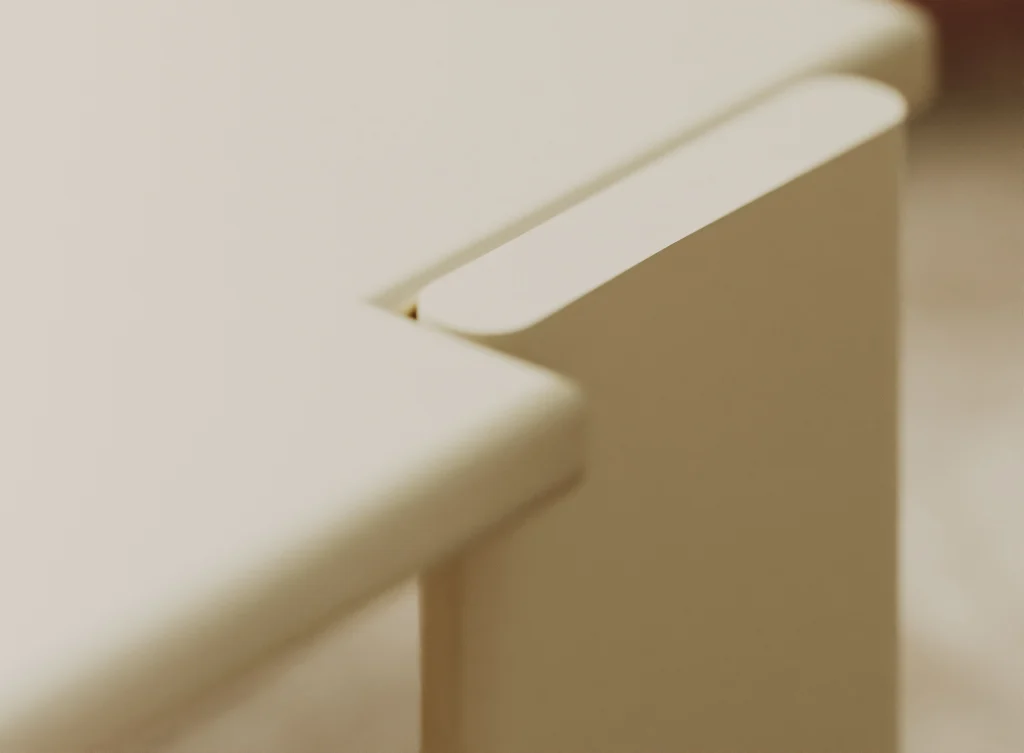

Iris Mirror
The Iris mirror extends the collection’s exploration of perception and spatial relationship. Named after both the flower and the eye’s iris, Iris carries “meanings of perception, awareness, and transformation.” This dual reference system reveals the studio’s interest in objects that function simultaneously on practical and symbolic levels.
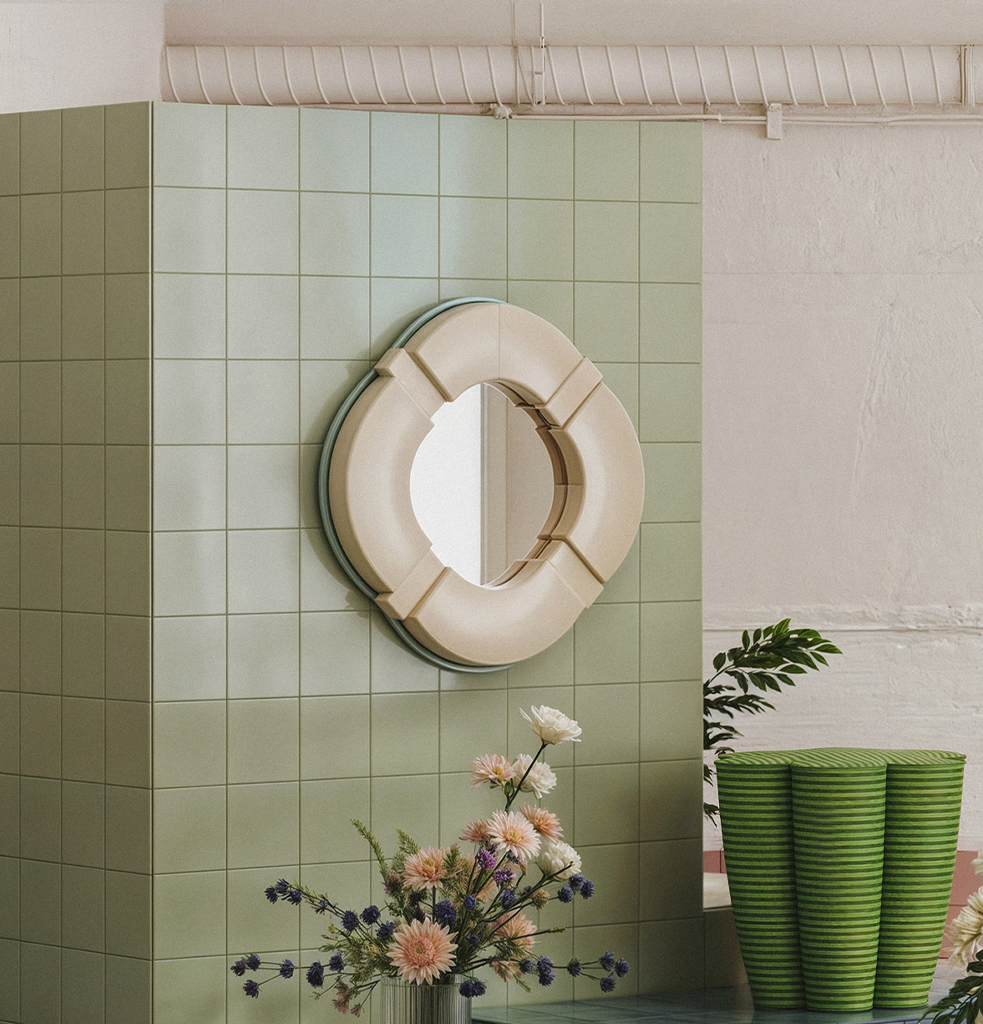

Iris’s rounded form “brings a soft sense of openness to the space” while creating “an elegant transition between the wall and the viewer.” The designers position it as offering depth beyond reflection: it becomes a window that expands perceived space while providing moments of self-encounter throughout daily routines.
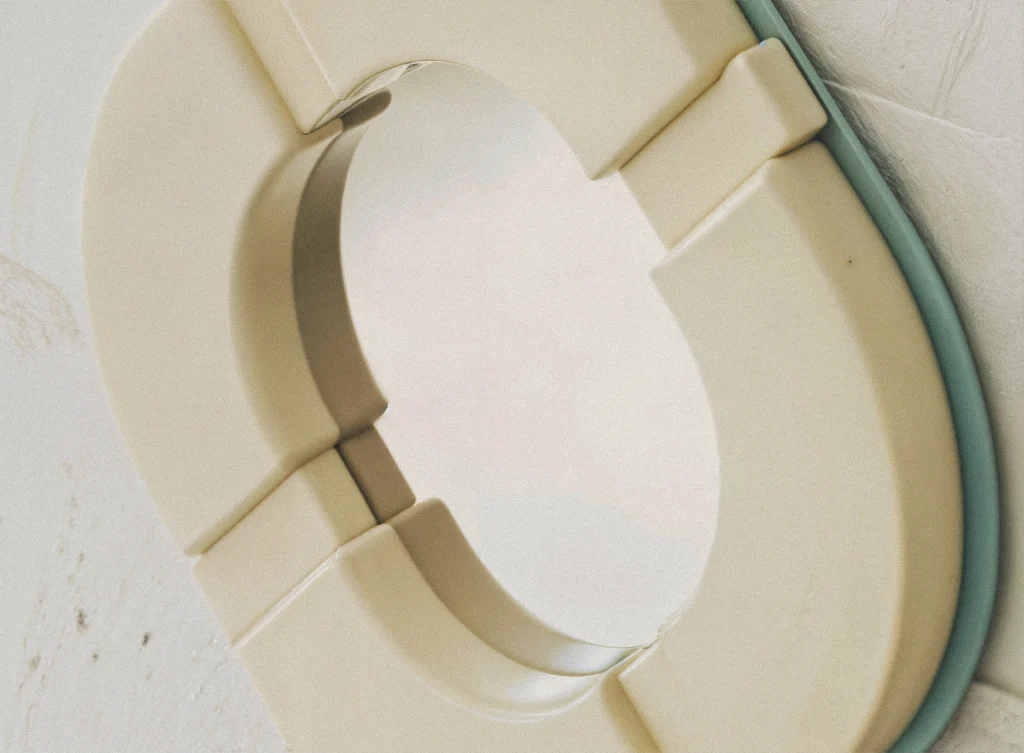

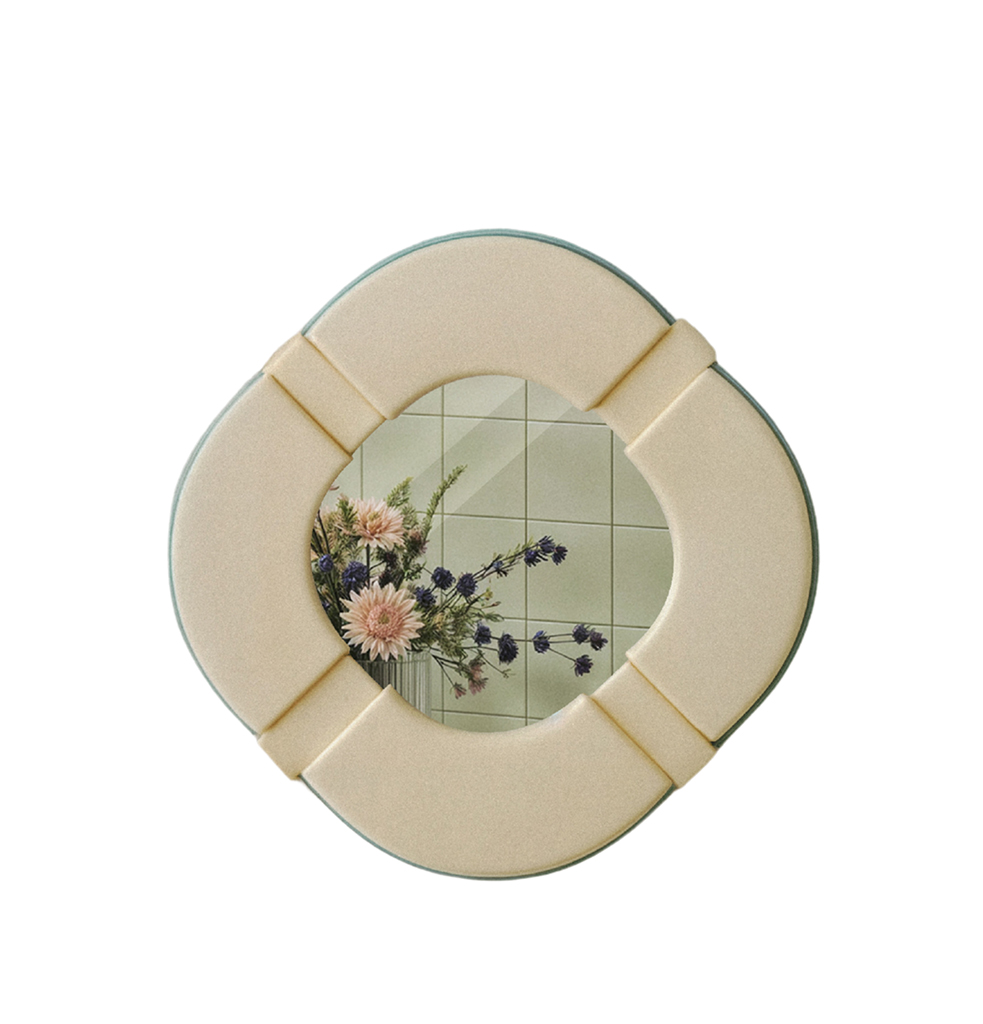

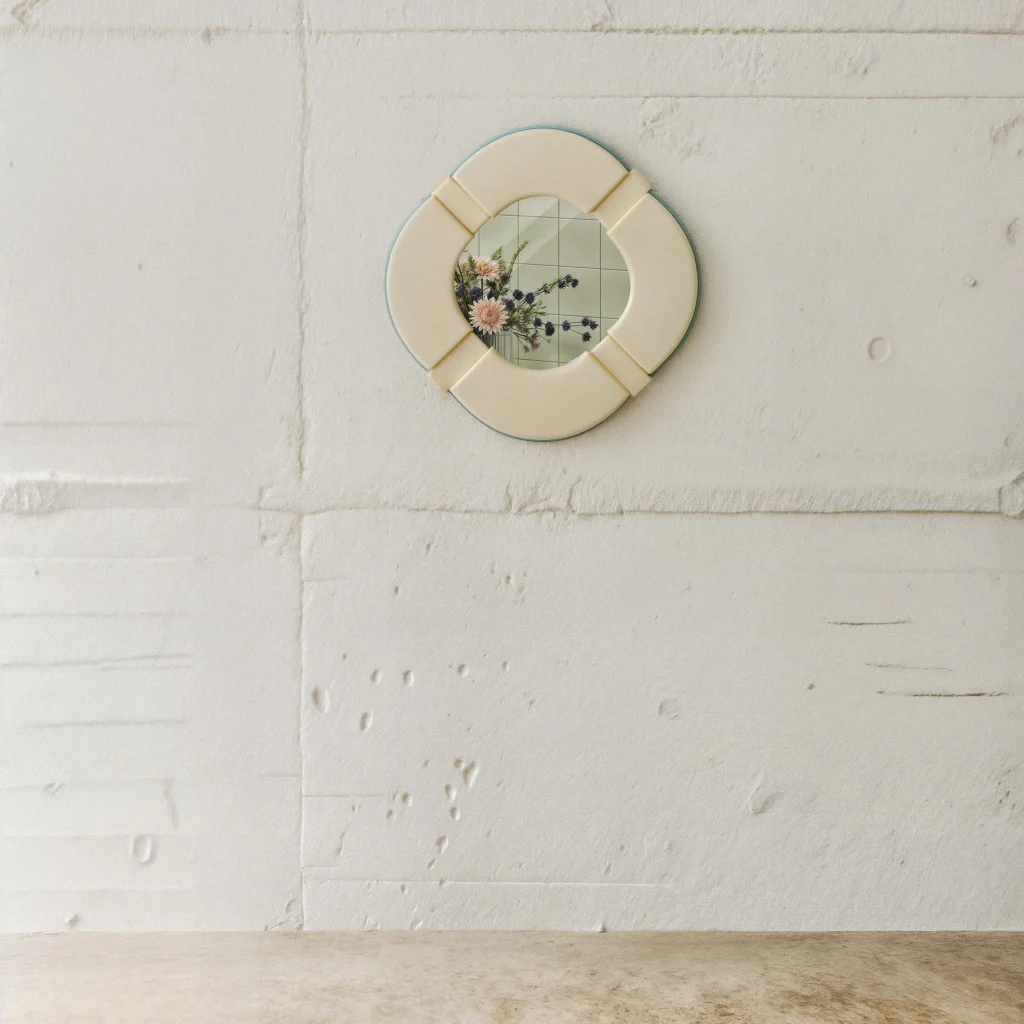

Luma, Flia & Sole Cushions
The three cushions – Luma, Flia, and Sole – complete the collection’s tactical system. Through varied textures and forms, they support the collection’s broader philosophy of creating objects that invite meaningful, repeated interactions.
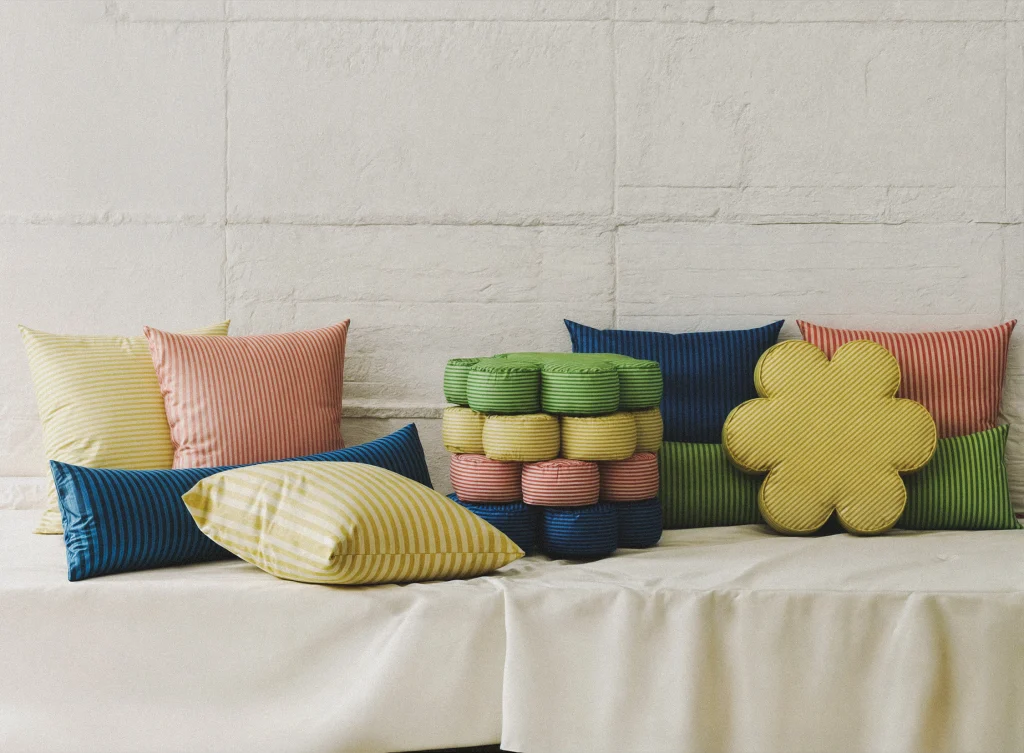

Hermhaus envisions these cushions as companions, evolving beyond their initial function to become emotional touchstones woven into the rhythm of daily life. In this way, they emphasize that design is not just about utility but about nurturing a quiet, intimate bond with the objects that shape our environments.
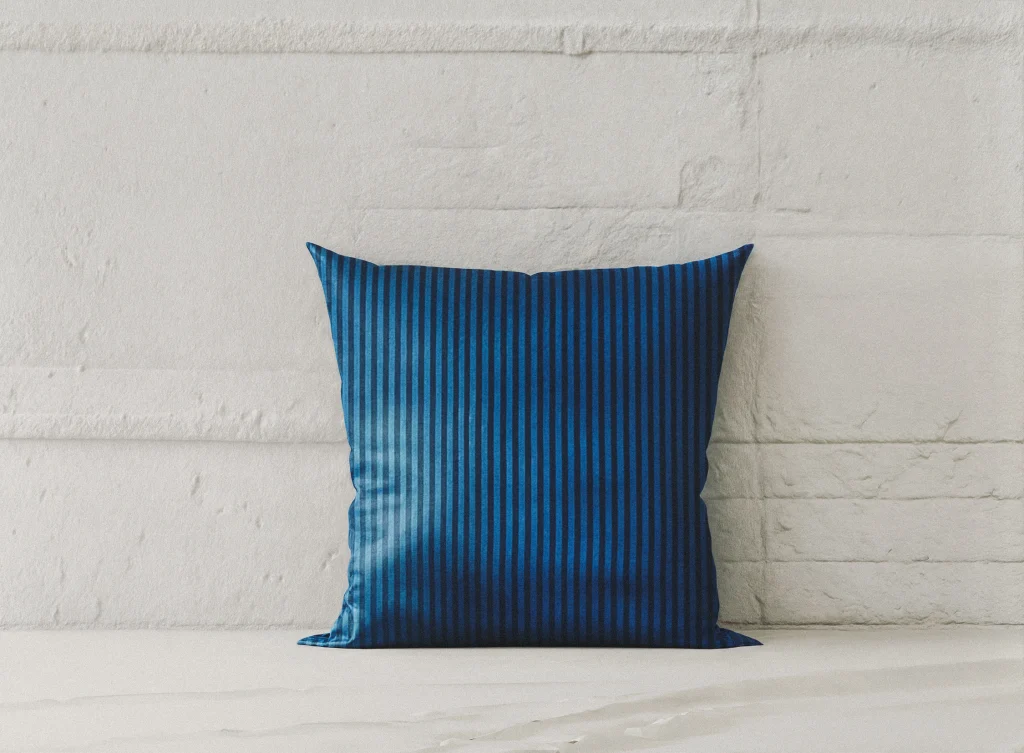

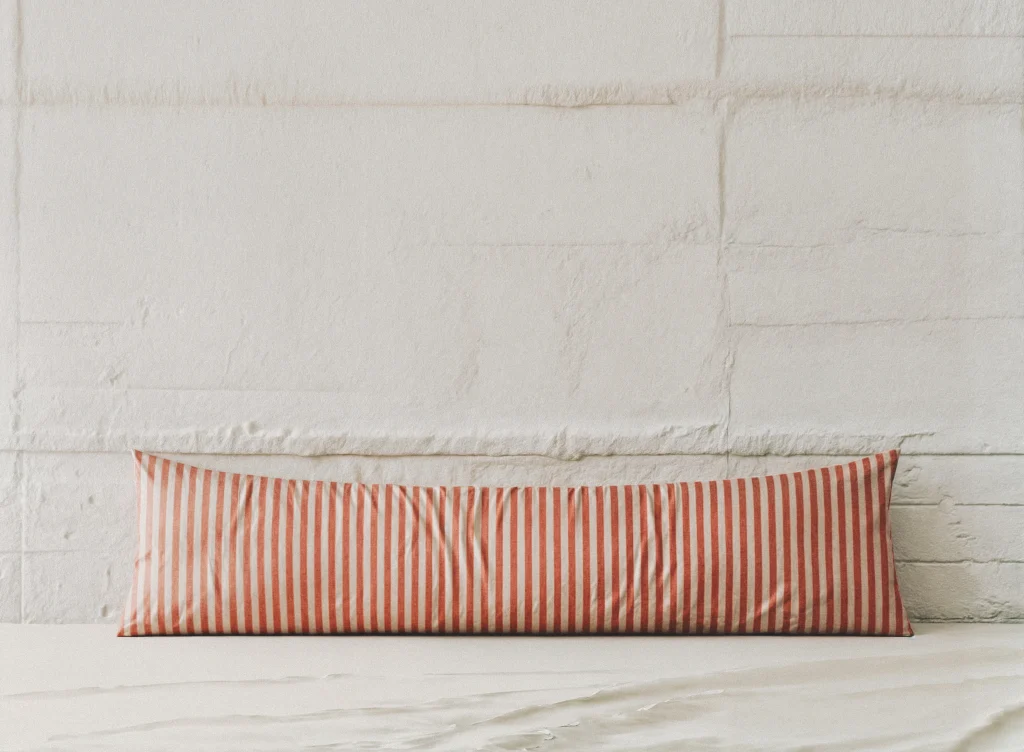

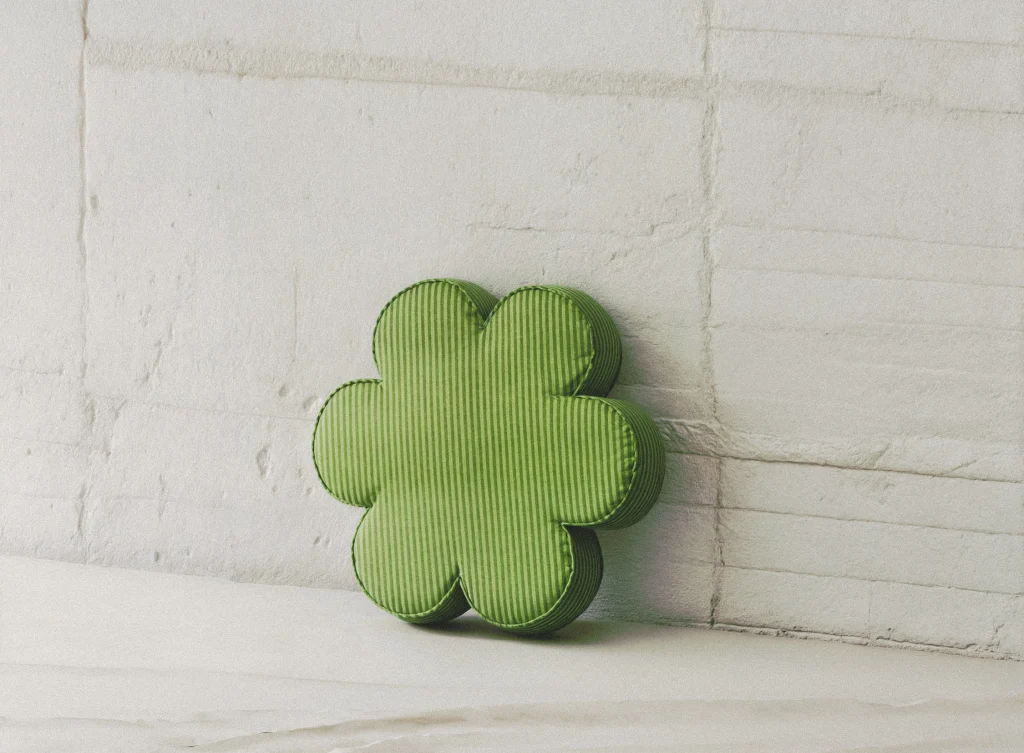

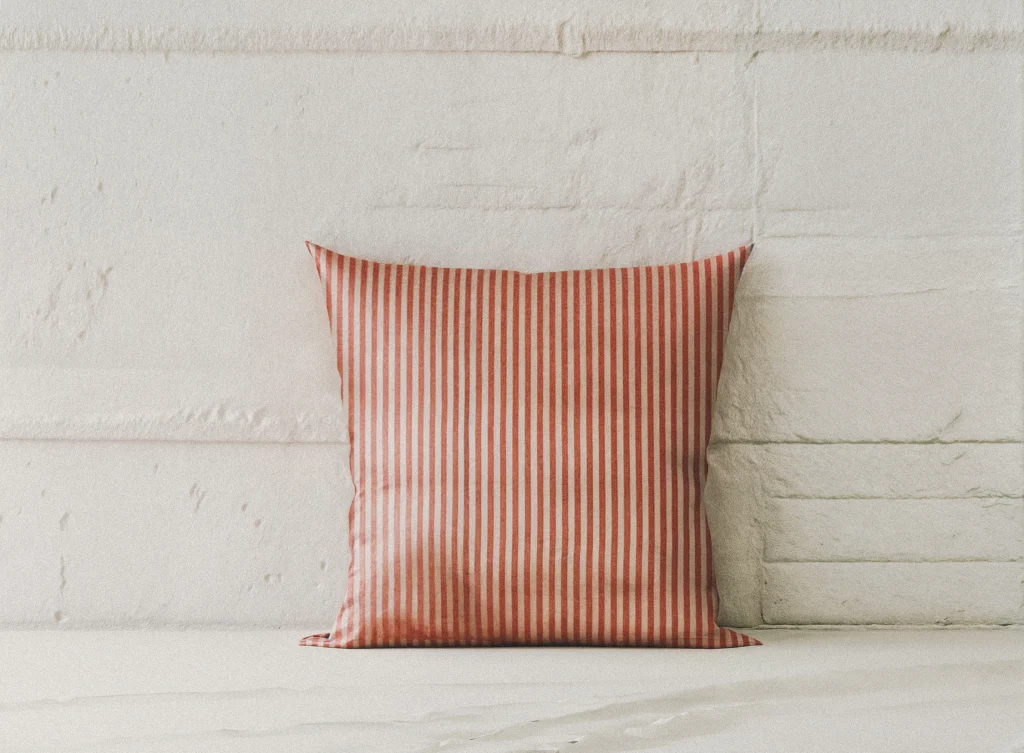

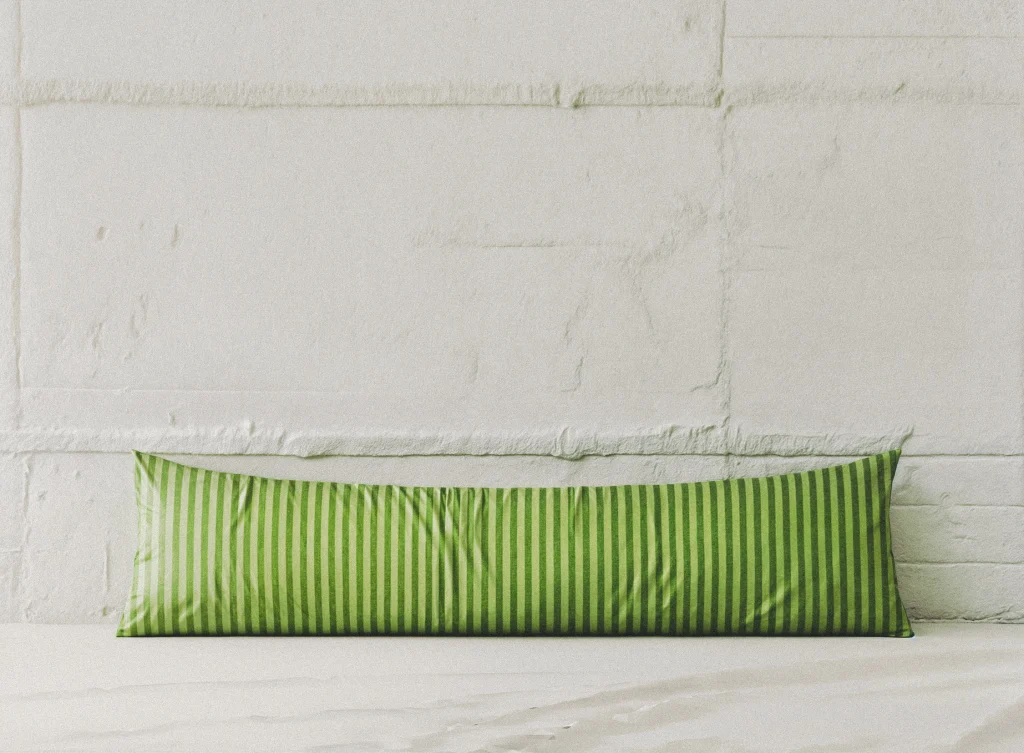

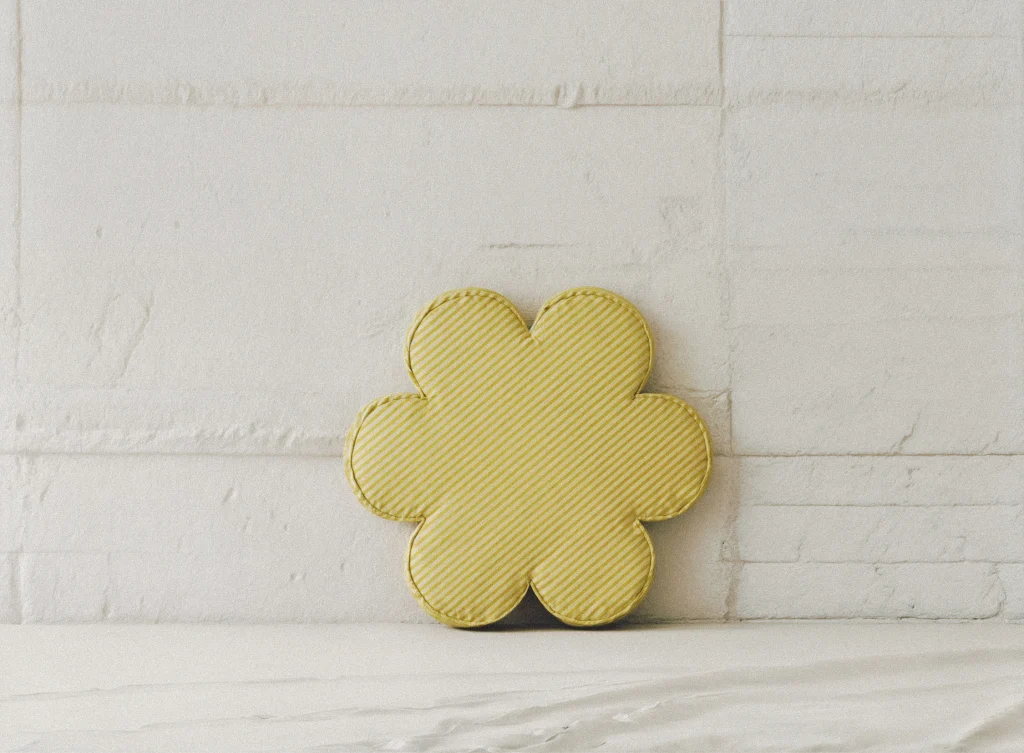

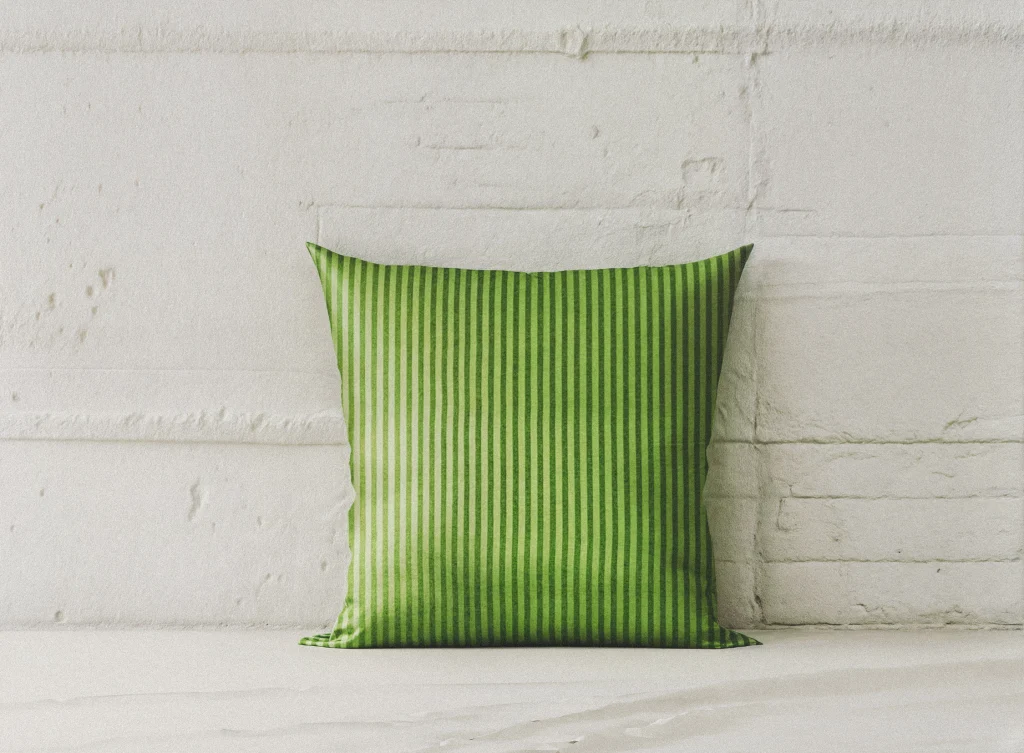

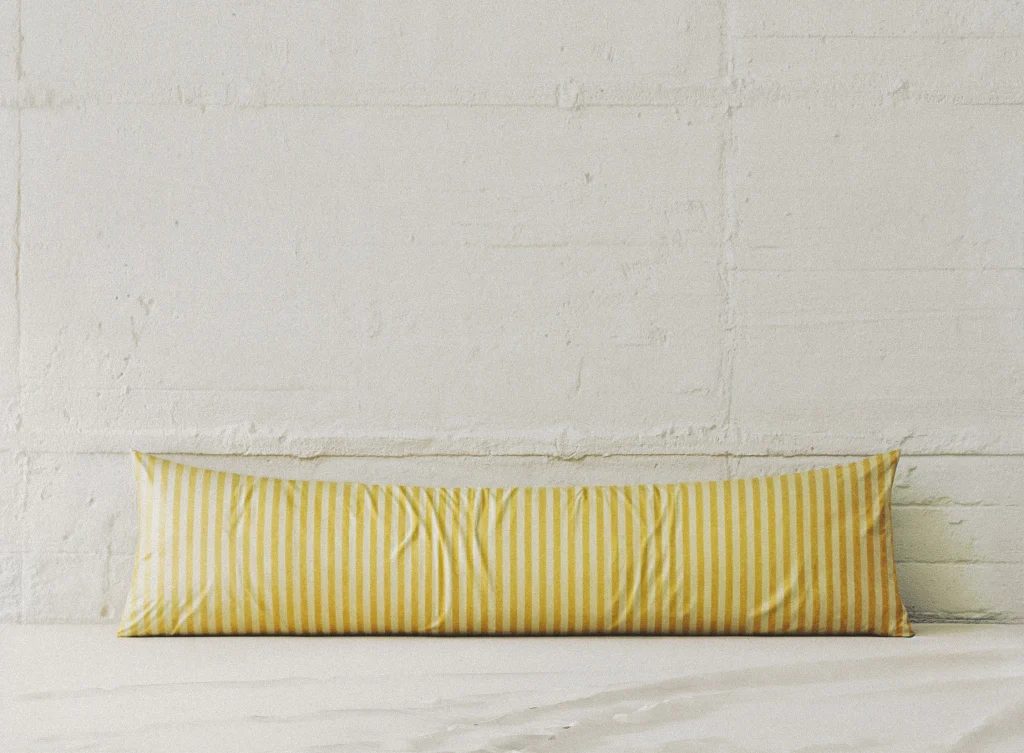

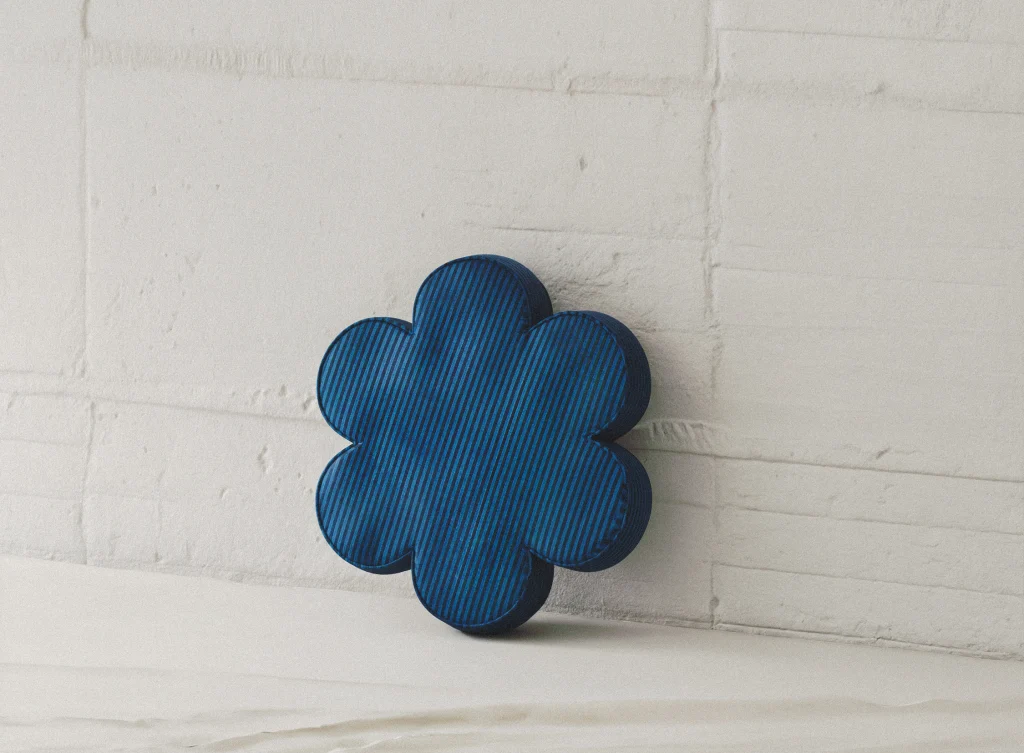

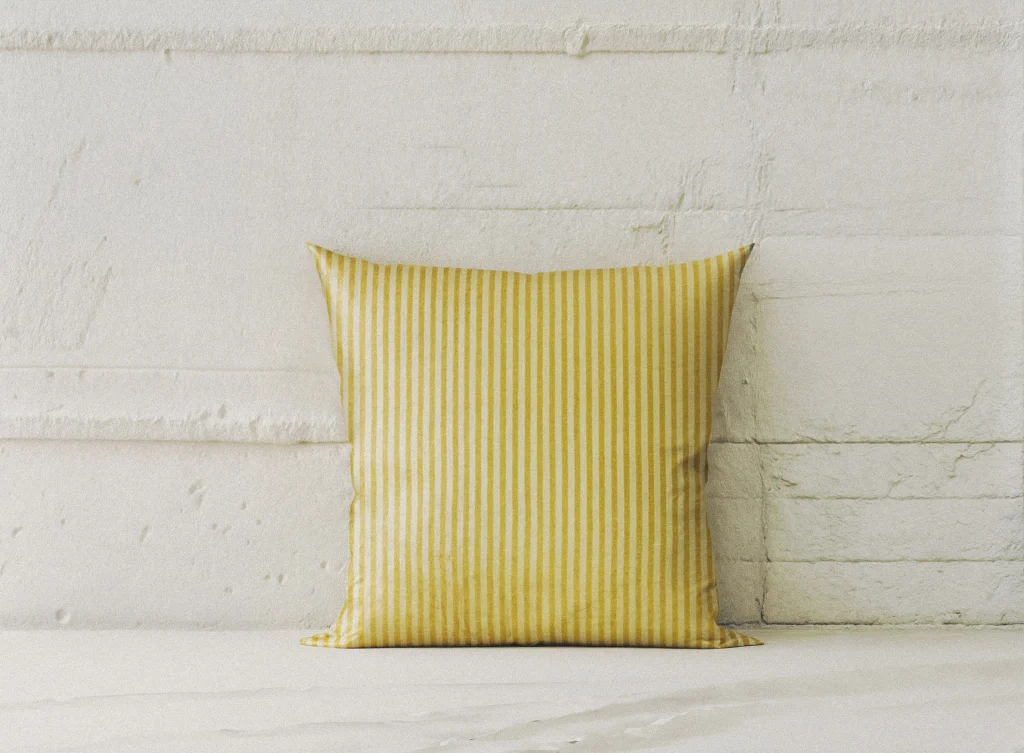

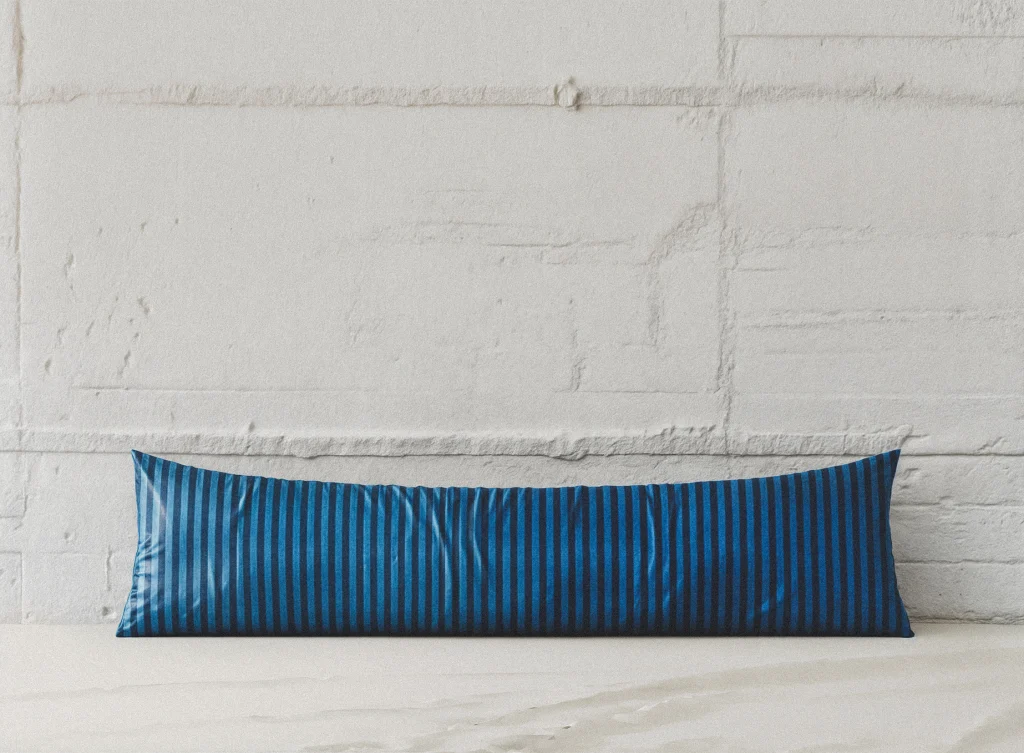

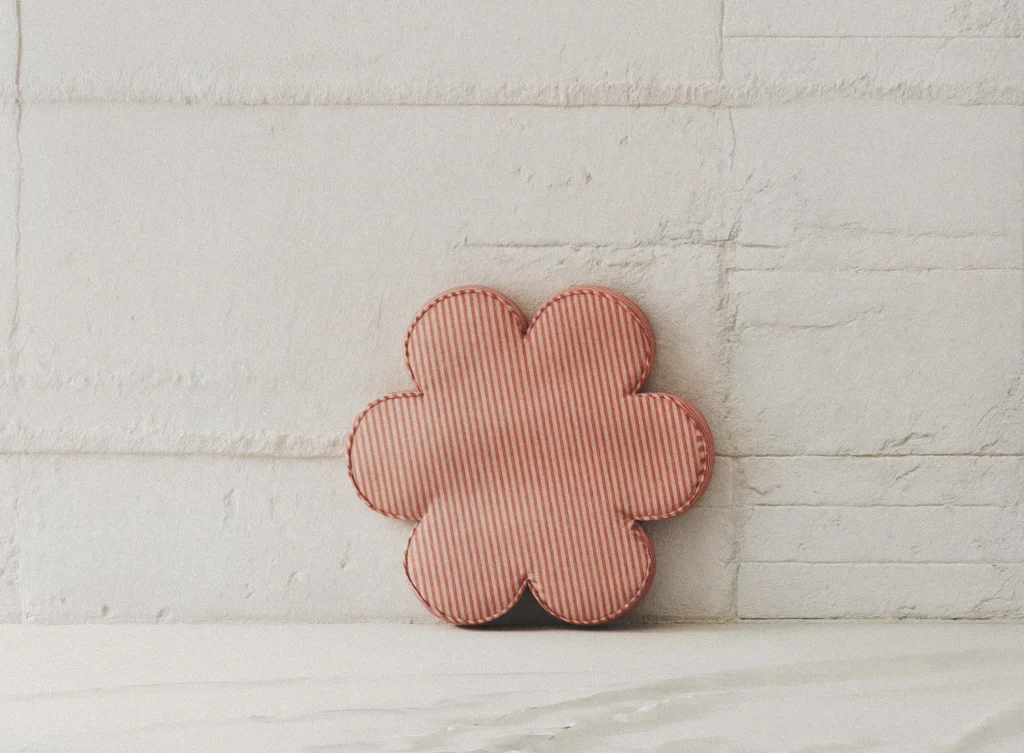

Cultural Context and Contemporary Relevance
Hermhaus operates through boutique production methods, crafting each piece individually to ensure “strong, sincere presence.” This approach acknowledges that contemporary domestic life requires objects capable of supporting multiple psychological registers – providing practical function while maintaining aesthetic presence and developing emotional resonance through sustained use.
Istanbul’s position at the crossroads of cultures provides crucial context for understanding hermhaus’s approach. The city’s historical layering of influences – Byzantine, Ottoman, European, and contemporary Turkish – offers a unique perspective on how objects can maintain distinct identity while participating in larger harmonious compositions.
In Flow, Together suggests an evolution in how designers conceive domestic objects as components in larger systems that support both individual well-being and collective harmony. The collection proposes that good design creates “tranquil sanctuaries where design and movement meet gracefully,” acknowledging our fundamental need for environments that nurture rather than simply accommodate human presence.
-

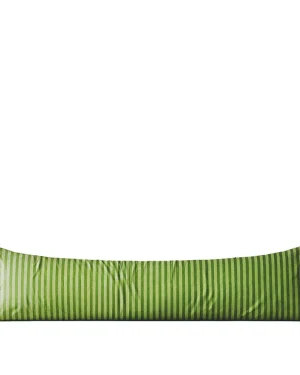 Luma Cushion – “in Flow Together”By hermhaus€150
Luma Cushion – “in Flow Together”By hermhaus€150 -

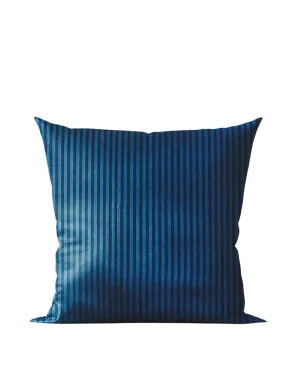 Flia Cushion – “in Flow Together”By hermhaus€150
Flia Cushion – “in Flow Together”By hermhaus€150 -

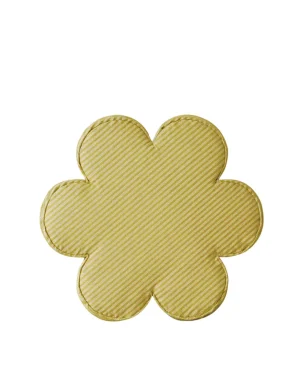 Sole Cushion – “in Flow Together”By hermhaus€310
Sole Cushion – “in Flow Together”By hermhaus€310 -

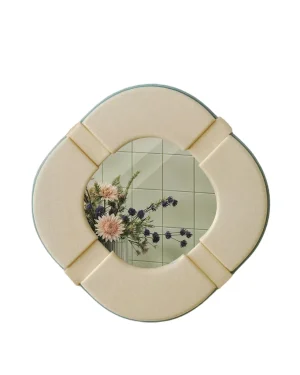 Iris Mirror – “in Flow Together”By hermhaus€1.635
Iris Mirror – “in Flow Together”By hermhaus€1.635 -

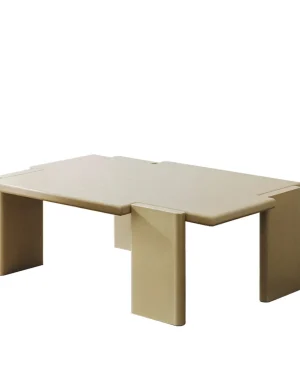 Brio Coffee Table – “in Flow, Together”By hermhaus€3.200
Brio Coffee Table – “in Flow, Together”By hermhaus€3.200 -

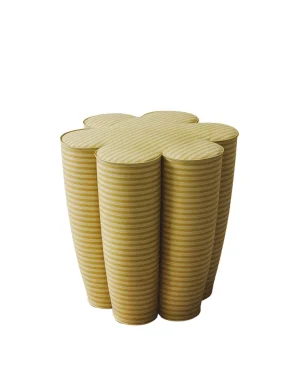 Flor Pouffe – “in Flow, Together”By hermhaus€1.420
Flor Pouffe – “in Flow, Together”By hermhaus€1.420


